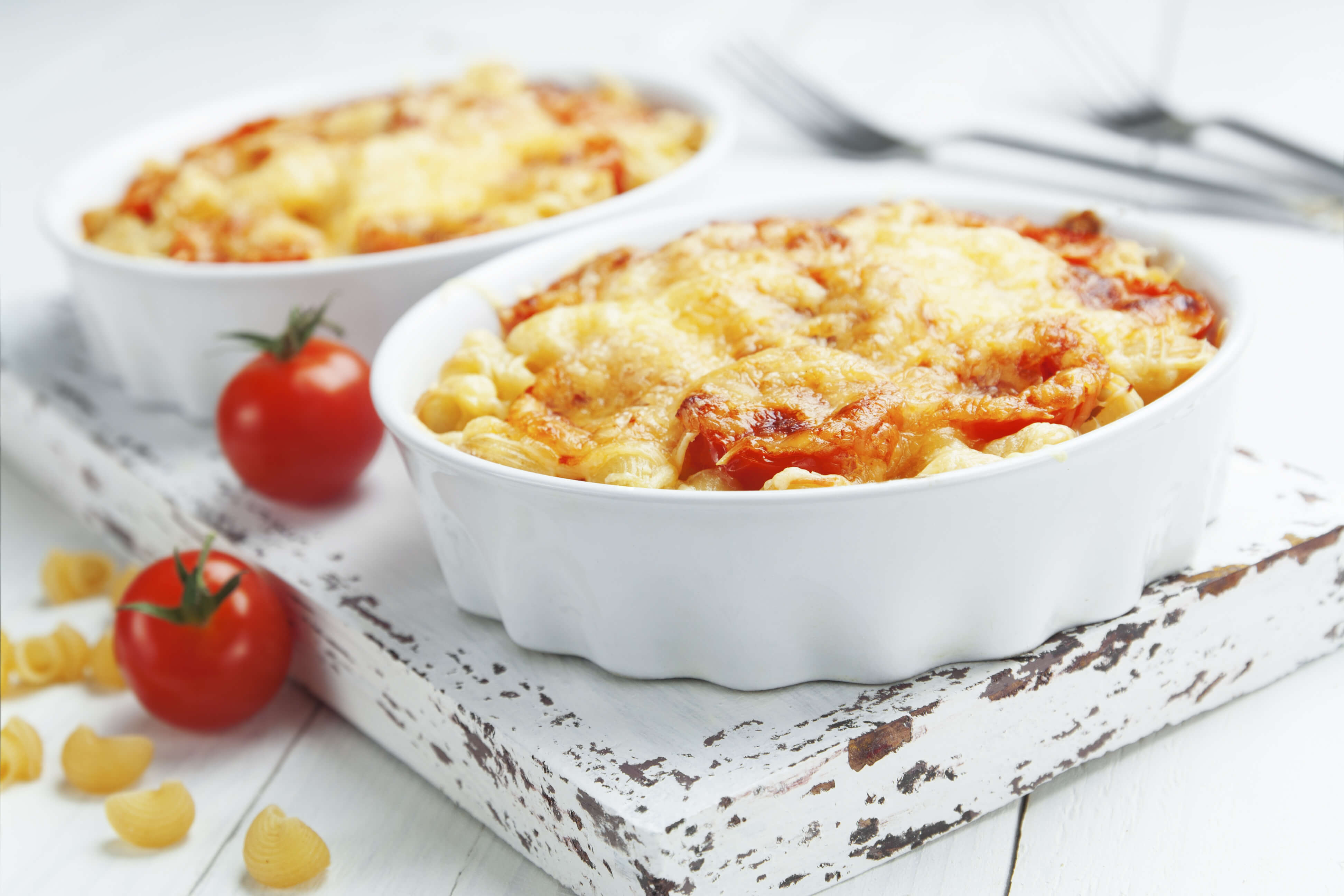A Crash Course On Cooking Casseroles
While some families have passed their recipes on for some years, the casserole is actually a relatively recent creation. Acording to some experts, the earliest version of a casserole was reportedly created by a French-Canadian chef named Elmire Jolicoeur back in the 1870s. In that time, the casserole has become a go-to recipe for many chefs, with its layered flavors and generally easy assembly process making it especially beloved. Yet despite that, not everyone knows how to properly assemble a great casserole, as it takes a certain delicate approach to blend ingredients and maintain an overall balance.
Here is a crash course on those essential tips for making the best casserole every time:
Meat matters
Generally speaking, almost any kind of meat can go into a casserole, from chicken and beef to pork and even certain fish. No matter your choice of meat, though, it’s always important to take a number of steps in the preparation process. For one, you always want to select rougher cuts of meat. Choosing something that’s too tender will fall apart during the cooking, while rougher cuts are far more likely to reach that perfect level of tenderness. You should always brown any meat beforehand. This will help to make the meat more tender by helping to seal in those oh-so vital juices. You also don’t need to season any meat beforehand. Rather, you can get that bit of flavor by including canned cream soup or some herbs like thyme, oregano or basil.
Choosing your cookware
Perhaps more than any other dish, the cookware you use to make your casserole can have a noticeable effect on the cook time and the final taste. As a rule, glass or metal cookware often takes longer to cook than stone or ceramic pots and dishes. Because you have to often add more time with glass or metal – usually about 10 to 15 minutes depending on the oven – there is more of a likelihood that you’ll over cook the casserole. Regardless of the choice in cookware, you always want to make sure you’ve chosen the proper size. Over-filled dishes can cause spillage, while dishes that aren’t filled enough can cause certain ingredients to dry out. To avoid this, you normally want a dish that’s still got about 1/4 room left after all the ingredients have been added.
Timing is vital
Some chefs will actually make a casserole the night before to freeze it and serve it day or two later. Not only does this save time when your schedule might be especially busy, but the same chefs note that his method gives the various ingredients some time to blossom or further develop. If that sounds like a strategy you might employ, there are a few things to be aware of during the freezing and reheating process. Namely, you always want to use double the wrapping to prevent the development of ice crystals on the casserole’s surface. Gently remove the wrapping as you plan to reheat the casserole, making sure to gently slide it back into the dish it was originally cooked within. Try and defrost on a low heat, which will give you more control on the overall temperature.
There’ll be plenty of chances to practice casserole baking when you take online cooking courses.


